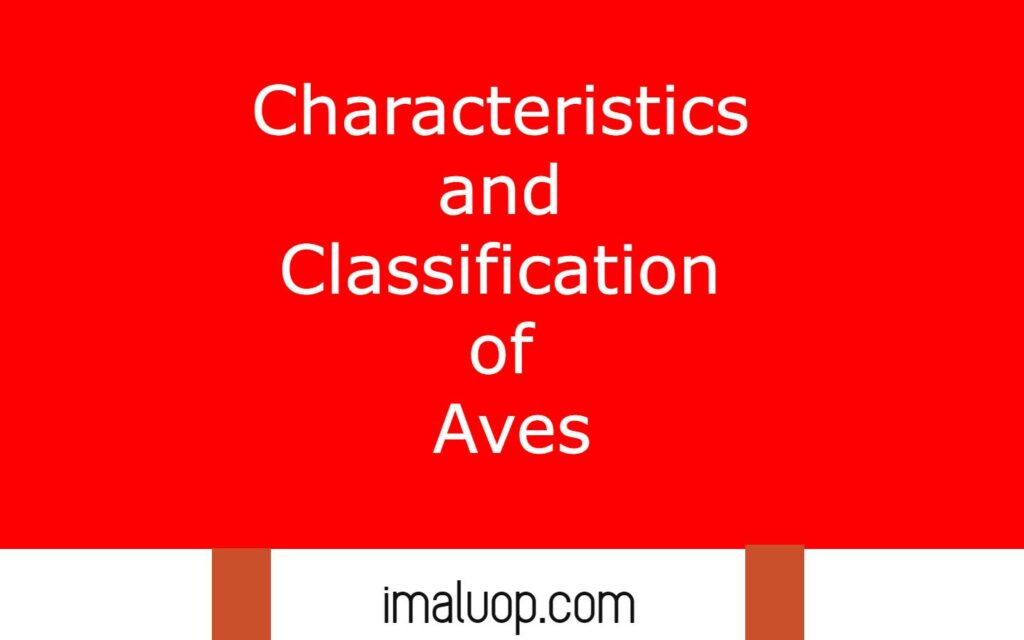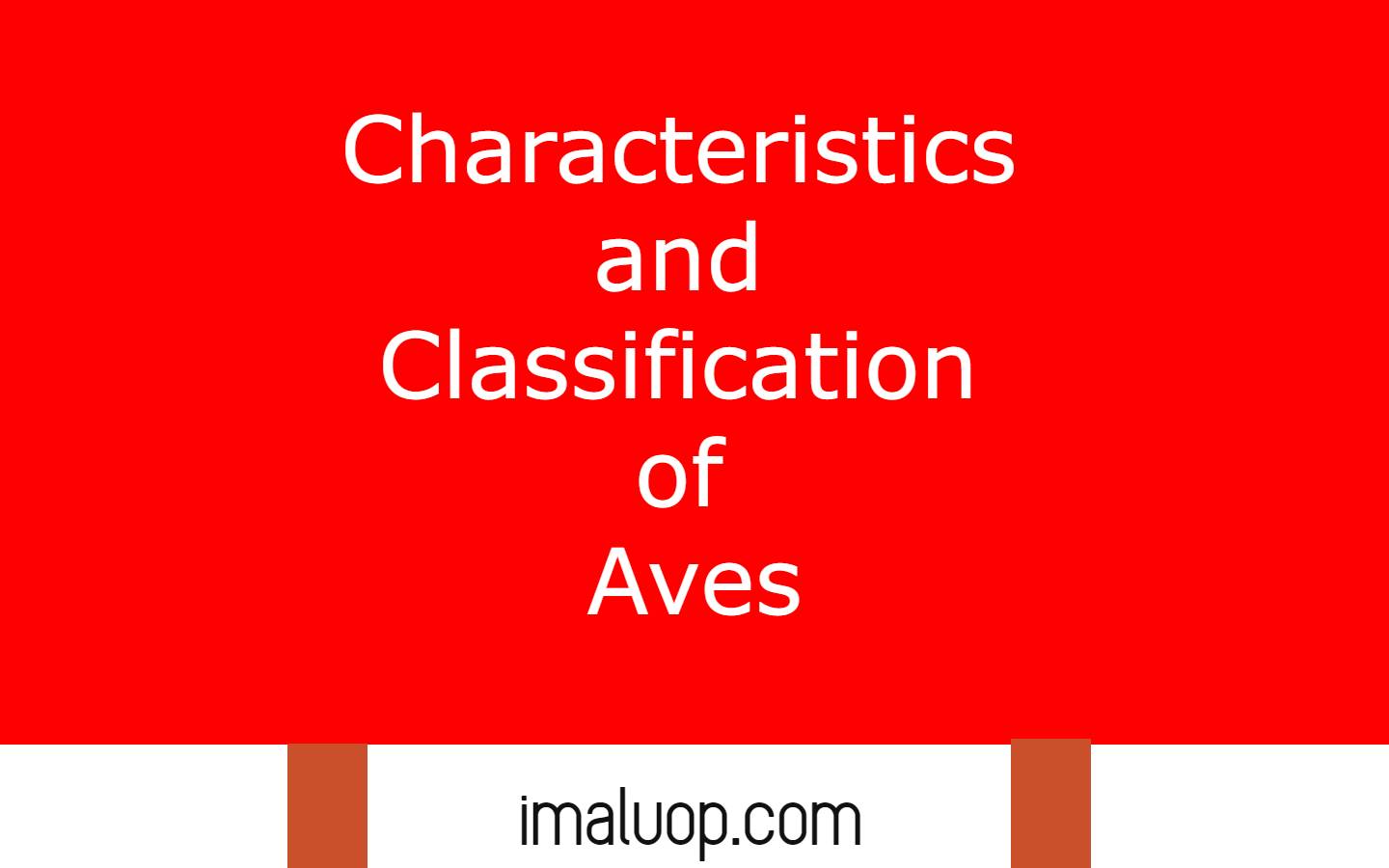Aves is a very beautiful group of flying animals in phylum chordata and we are going to discuss now about all general characteristics and classification of Aves with some examples. Peculiar in their characters that they are able to fly which is not common in other groups of animals and they have around 9000 species worldwide.
They show different types of adaptation for keeping them fit for flight and we will now discuss general characteristics features of class Aves.
Table of Contents
Characteristics of Class Aves:
- Birds can maintain their internal body temperature in changing environmental temperature like another group of animal mammals, so they are known as warm blooded animals.
- The wings we see in birds which helps them to fly is actually a modified form of their forelimbs.
- To move their wings properly for flying movement they have some very strong muscle which helps them to fly.
- Their hind limbs are adapted in different forms depending upon in which environment they live and their lifestyle as well as their niche. For example the birds who can not fly their hind limbs are modified for running very fast, the birds who generally present on the branches of trees have hind limbs which are modified for perching while the birds which visit water bodies for their food have hind limbs modified for swimming.
- They have scales on their legs which shows that they originated from the common ancestor of reptiles but in the case of Aves the scales are epidermal which separates them from other scale bearing animals.
- Another species characters in class Aves is their long bones are hollow and filled with air which reduces their body weight and help them to fly easily, this is a special adaptation in class aves which is beneficial for their flying.
- All principles of aerodynamics are present in birds and one of them is a spindle shaped streamline body which reduces the air resistance during their flying and helps them to fly swiftly.
- Their one other special characteristic is their body is covered by various types of feathers which gives them air space in their body and give protection against damage caused by air friction.
- Skin glands are absent but only oil glands are present which act as water repellent for their feathers because wet feathers cause disability for flying and their upper jaw as well as lower jaw converted into beak which is different in different birds depending upon their food habits.
- Their mouths do not have any teeth and their eyesight is very sharp which helps them to detect food on the ground from very much height during their flying.
- As they do not have any teeth so they only swallow the food which has become soft in crops and crushed inside their gizzard part of their digestive system.
- Their lungs are spongy and elastic which increases the efficiency of their lungs and in some cases the lungs are associated with air chambers which improves the respiration process multiple times.
- They do not have paired ovary and oviduct, only left side ovary and oviduct is present and their embryos show all four extraembryonic membrane yolk sac, allantois, amnion and chorion.
Classification of Aves:
Archaeornithes:
This group of birds show strong evidence that birds are developed from reptiles in the process of evolution, example of this group is Archaeopteryx which have toothed beaks and reptiles like long tails and they are now extinct.

Neornithes:
They represent present day birds which have no teeth and have short tails but some of them are now extinct, some examples of this group are Duck, penguin.
Read More: Characteristics and Classification of Arthropoda
Hi Everyone!!! Welcome to Imaluop. Imaluop always try to learn some new and he want to share to other people. Here we will try to learn various topics on Science, specially on Biological Sciences.
